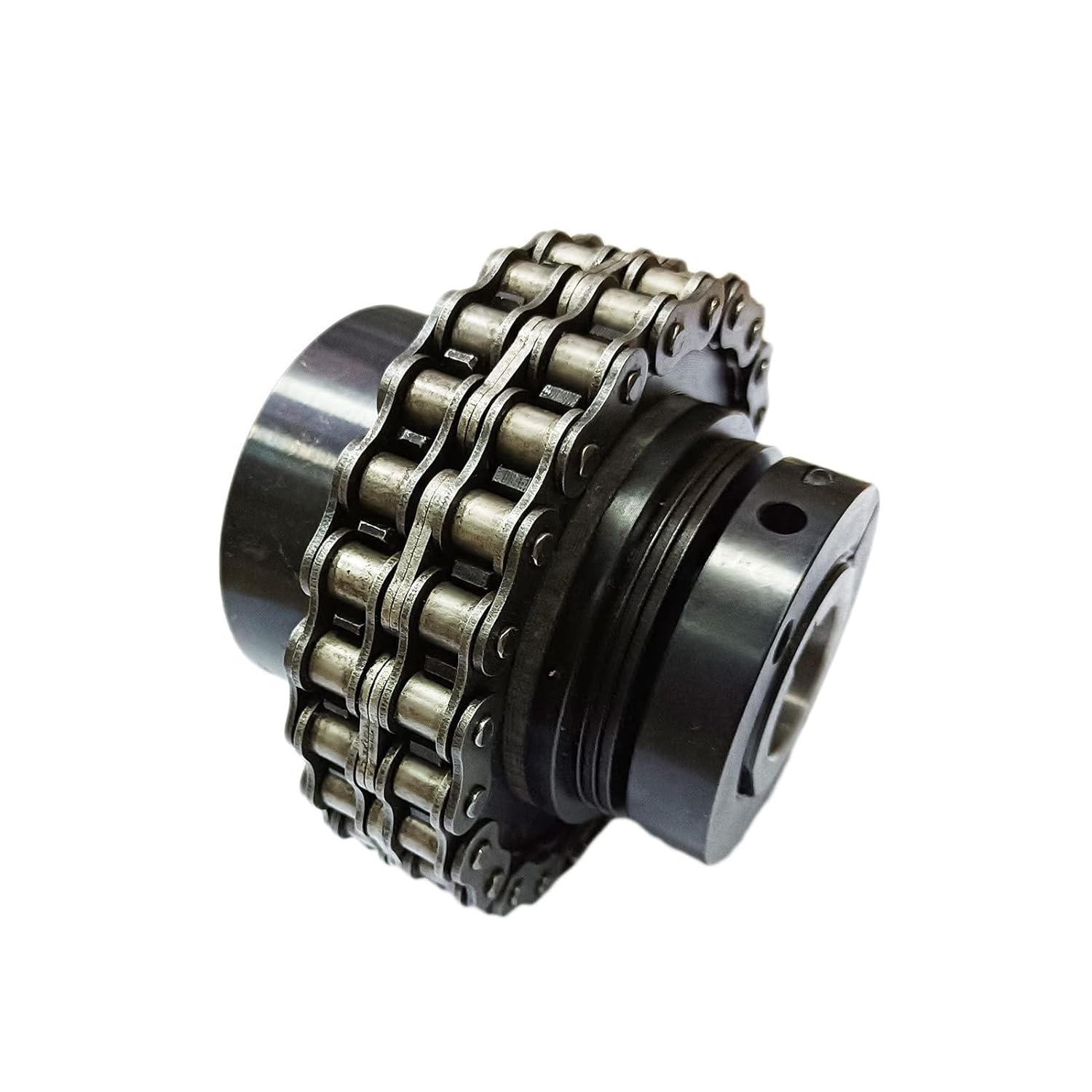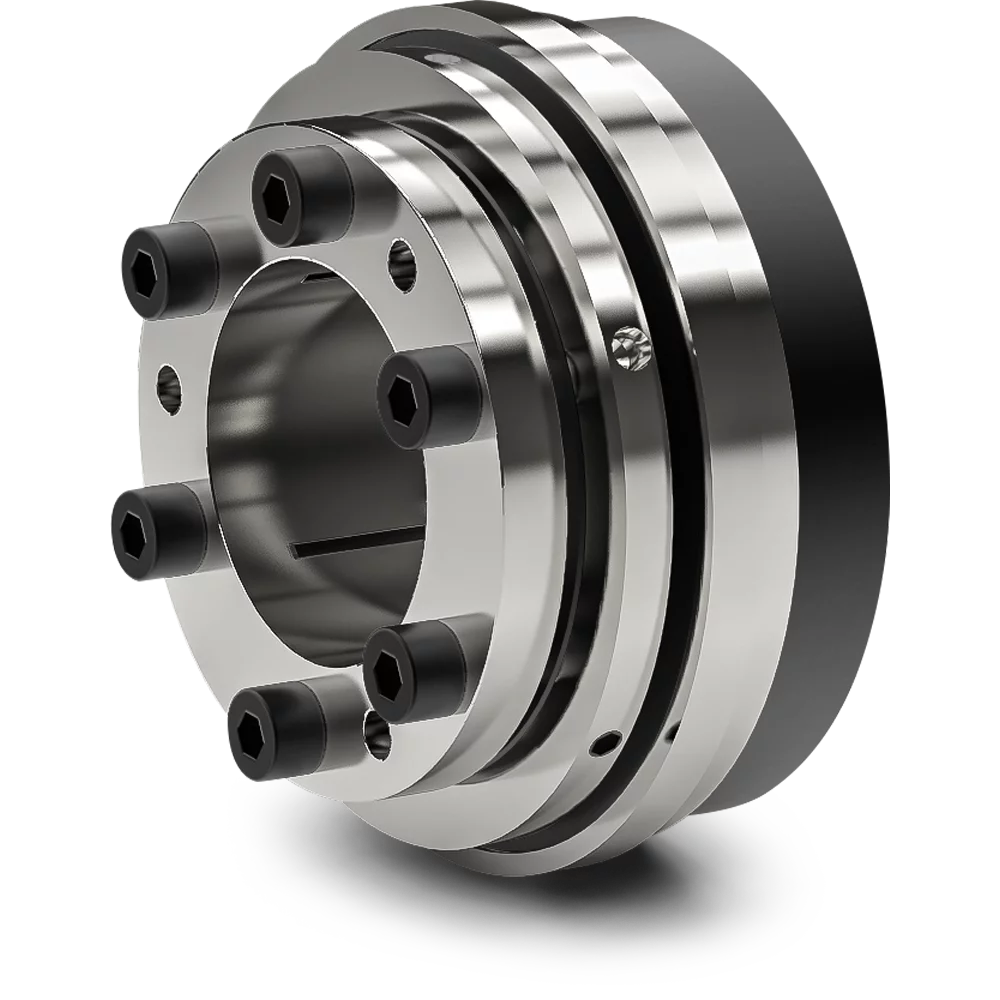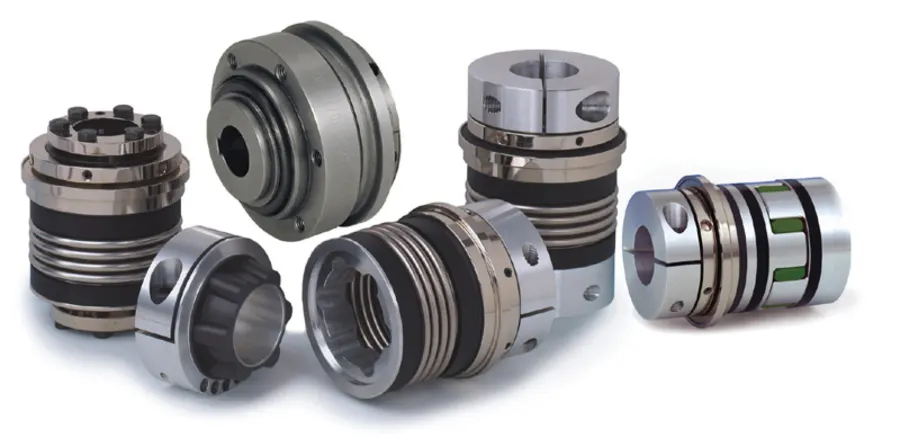Product Description
Deep Groove Ball Auto Bearing Accessories
Enhance your car’s performance with our high-speed rotation tensioner bearing. Perfect for auto parts and accessories needs.
Product Parameters
| Product Name: | Tensioner Bearing |
| Model Number: | 6005LUXZ |
| Outer Diameter(mm) | 52 |
| Height(mm) | 25 |
| Material | Chrome steel |
| Sealed type | OPEN,RZ,2RS,4RS |
| Tolerance | P0,P6,P5,P4,P2 |
| Clearance | C2,C0,C3,C4,C5 |
| Noize level | Z,Z1,Z2,Z3 |
| Application | Automotive Car |
| OEM Service | Accept |
Product Description
Tensioner Bearing:
-The bearings are adopted optimized structure designing so that can attain the traits of high temperature resistant, high speed resistant, long life, high speed rotation,impact resistant,high radial load,etc.
-Sealing structure and seals have the traits of high sealing ability, heat-resistant, abrasiveness and also can prevent the leakage of the grease, as they are helpful for lengthening the bearings’ using life.
Detailed Photos
More Products
Quality Control
Company Profile
ZHangZhoug Shengya Bearing Technology Co., Ltd
Founded in 1996, ZHangZhoug Shengya Bearing Technology Co., Ltd specializes in the production of automotive bearings, motorcycle bearings, general machine bearings, precision machine tool bearings, and home appliance bearings. With an annual production capacity of 10 million sets of small and medium-sized bearings, our company also undertakes various types of non-standard special-shaped bearings with a wide variety and fine workmanship.
Located in HangZhou, HangZhou City, ZHangZhoug Province, our company covers an area of more than 10,000 square CHINAMFG and has assets of more than 50 million yuan. With over 80 employees, including more than 10 professional and technical personnel with intermediate and senior professional titles, we ensure high-quality products and services. The city’s superior geographical location and convenient transportation make it an ideal hub for our operations.
FAQ
ZHangZhoug Shengya Bearing Technology Co., Ltd
Product Description
Welcome to ZHangZhoug Shengya Bearing Technology Co., Ltd! We are a factory + trade company specializing in bearings.
Features:
- Customizable OEM options available
- MOQ of 10pcs, with flexibility for lower quantities at a slightly higher cost
- High-quality bearings made to your specifications
Benefits:
- Customized products tailored to your needs
- Competitive pricing based on quantity purchased
- Reliable and durable bearings for various applications
/* January 22, 2571 19:08:37 */!function(){function s(e,r){var a,o={};try{e&&e.split(“,”).forEach(function(e,t){e&&(a=e.match(/(.*?):(.*)$/))&&1
| After-sales Service: | One Year Warranty |
|---|---|
| Warranty: | One Year Warranty |
| Type: | Tensioner Bearing |
| Samples: |
US$ 2/Piece
1 Piece(Min.Order) | Order Sample |
|---|
| Customization: |
Available
|
|
|---|
.shipping-cost-tm .tm-status-off{background: none;padding:0;color: #1470cc}
|
Shipping Cost:
Estimated freight per unit. |
about shipping cost and estimated delivery time. |
|---|
| Payment Method: |
|
|---|---|
|
Initial Payment Full Payment |
| Currency: | US$ |
|---|
| Return&refunds: | You can apply for a refund up to 30 days after receipt of the products. |
|---|

Are there aftermarket upgrades available for tensioner rollers to improve their functionality?
Yes, there are aftermarket upgrades available for tensioner rollers that can improve their functionality and performance. Aftermarket upgrades offer alternatives to the original equipment manufacturer (OEM) tensioner rollers, providing enhanced features, materials, and design. Here’s a detailed explanation of aftermarket upgrades for tensioner rollers:
1. High-Performance Materials:
Aftermarket tensioner rollers often utilize high-performance materials that offer improved durability, heat resistance, and wear characteristics compared to standard OEM rollers. These materials may include advanced polymers, reinforced composites, or specialty alloys. Upgrading to tensioner rollers with high-performance materials can enhance their functionality by increasing their lifespan and performance under demanding operating conditions.
2. Upgraded Bearing Systems:
Bearing systems in tensioner rollers can be upgraded with higher-quality bearings or specialized bearing designs. Improved bearing systems can offer smoother operation, reduced friction, and increased load-bearing capacity. Upgraded bearing systems contribute to improved functionality by reducing noise, vibration, and wear, and enhancing overall performance and reliability.
3. Damping Mechanisms:
Some aftermarket tensioner rollers feature enhanced damping mechanisms to reduce belt noise and vibration. These damping mechanisms can include rubberized coatings, silicone inserts, or advanced damping materials. Upgrading to tensioner rollers with improved damping capabilities can enhance functionality by providing a quieter and smoother operation, improving the overall driving experience.
4. Tension Adjustment Features:
Aftermarket tensioner rollers may offer additional features for tension adjustment. These features can include adjustable tension springs, mechanical or hydraulic tensioners, or built-in tension adjustment mechanisms. Upgraded tension adjustment features allow for fine-tuning of belt tension to meet specific performance requirements, optimizing functionality and performance under varying load and operating conditions.
5. Performance-Enhancing Designs:
Aftermarket tensioner rollers may incorporate performance-enhancing design elements. These designs can include optimized pulley profiles, improved belt contact surfaces, or modified geometries for better belt tracking. Performance-enhancing designs contribute to improved functionality by reducing belt slippage, improving power transfer efficiency, and minimizing wear on the belt and other components.
6. Enhanced Durability:
Aftermarket tensioner rollers may offer enhanced durability features to withstand demanding conditions. These features can include reinforced construction, corrosion-resistant coatings, or additional protection against contaminants. Upgrading to tensioner rollers with enhanced durability can enhance their functionality by reducing the risk of premature failure, extending their lifespan, and improving overall system reliability.
7. Compatibility and Fitment:
Aftermarket tensioner rollers are designed to be compatible with specific vehicle makes and models. They are engineered to match the original specifications and fitment requirements, ensuring proper installation and functionality. Upgrading to aftermarket tensioner rollers that are compatible with the vehicle’s belt system promotes optimal functionality and performance.
8. Manufacturer Reputation and Quality:
When considering aftermarket upgrades for tensioner rollers, it is important to choose reputable manufacturers known for their quality products. Selecting aftermarket tensioner rollers from trusted manufacturers ensures that the upgrades will provide the desired functionality and performance improvements, backed by reliable engineering and manufacturing processes.
In summary, aftermarket upgrades for tensioner rollers offer various enhancements to improve their functionality and performance. These upgrades can include high-performance materials, upgraded bearing systems, damping mechanisms, tension adjustment features, performance-enhancing designs, enhanced durability, and compatibility with specific vehicles. Choosing aftermarket upgrades from reputable manufacturers can provide reliable improvements to the functionality of tensioner rollers, contributing to enhanced belt system performance and overall vehicle drivability.

What factors should be considered when selecting tensioner rollers for different industrial applications?
When selecting tensioner rollers for different industrial applications, several factors need to be taken into consideration. These factors include:
1. Load and Tension Requirements:
The load and tension requirements of the specific industrial application are crucial factors to consider. It is important to determine the maximum load the tensioner roller will experience and the required tension for proper belt operation. This information helps in selecting a tensioner roller that can handle the anticipated loads and provide the necessary tension to prevent belt slippage or excessive wear.
2. Belt Type and Size:
The type and size of the belt being used in the industrial application are important considerations. Different belts have varying characteristics, such as width, thickness, and tooth profile. It is essential to choose a tensioner roller that is compatible with the specific belt type and size to ensure proper fit, alignment, and tension distribution.
3. Operating Speed:
The operating speed of the industrial application is a critical factor when selecting tensioner rollers. High-speed applications generate centrifugal forces that can impact belt tension and introduce vibrations. Tensioner rollers designed for high-speed applications are typically equipped with features to absorb vibrations and maintain consistent tension, ensuring reliable power transmission at elevated speeds.
4. Environmental Conditions:
The environmental conditions in which the tensioner roller will operate should be considered. Factors such as temperature extremes, humidity, dust, dirt, chemicals, and exposure to moisture or corrosive substances can affect the performance and durability of the tensioner roller. Selecting a tensioner roller with appropriate materials and protective coatings ensures its reliability and longevity in the specific environmental conditions.
5. Alignment and Adjustment Mechanism:
The alignment and adjustment mechanism of the tensioner roller play a crucial role in maintaining proper belt tension. Consider the ease of installation, adjustment, and alignment when selecting a tensioner roller. Look for features such as adjustable mounting positions, tension adjustment mechanisms, and reliable locking mechanisms that facilitate easy and precise tension adjustment and alignment of the belt.
6. Maintenance and Serviceability:
The maintenance and serviceability aspects of the tensioner roller should be taken into account. Evaluate the accessibility of the tensioner roller for inspection, lubrication, and maintenance tasks. Choose a tensioner roller that allows for easy replacement of worn or damaged components, minimizing downtime and maintenance costs in the industrial application.
7. Compatibility with the System:
Ensure that the tensioner roller is compatible with the overall belt drive system and other components in the industrial application. Consider factors such as the mounting arrangement, space constraints, and integration with other system elements. Compatibility ensures proper fit, functionality, and overall system performance.
8. Industry Standards and Regulations:
Complying with industry standards and regulations is essential when selecting tensioner rollers for industrial applications. Consider any specific requirements or guidelines set by relevant regulatory bodies or industry associations. Adhering to these standards helps ensure safety, reliability, and compliance with applicable regulations.
In summary, when selecting tensioner rollers for different industrial applications, it is important to consider factors such as load and tension requirements, belt type and size, operating speed, environmental conditions, alignment and adjustment mechanism, maintenance and serviceability, compatibility with the system, and adherence to industry standards and regulations. Considering these factors ensures the appropriate selection of tensioner rollers that will effectively support the belt drive system and optimize the performance and reliability of the industrial application.

What is a tensioner roller, and what role does it play in mechanical systems?
A tensioner roller, also known as a belt tensioner or idler pulley, is a component commonly used in mechanical systems to maintain proper tension in belts or chains. It plays a crucial role in ensuring the efficient and reliable operation of various systems that rely on the power transmission provided by belts or chains. Here’s a detailed explanation of what a tensioner roller is and the role it plays in mechanical systems:
1. Definition and Construction:
A tensioner roller is a pulley-like component that is typically mounted on a spring-loaded arm or bracket. It consists of a smooth or grooved surface that comes into contact with the belt or chain. The tensioner roller is designed to rotate freely on bearings or bushings, allowing it to accommodate the movement of the belt or chain and maintain the desired tension.
2. Tension Maintenance:
The primary role of a tensioner roller is to maintain the appropriate tension in belts or chains. Tension is crucial for the proper functioning of power transmission systems. If the tension is too loose, the belt or chain may slip, resulting in a loss of power transfer and potential damage to the system. On the other hand, excessive tension can cause increased wear on the belt or chain, as well as strain on other components. The tensioner roller applies the necessary force to keep the belt or chain properly tensioned, ensuring optimal power transmission efficiency and preventing premature wear or failure.
3. Compensation for Belt or Chain Stretch:
Over time, belts and chains can experience stretching due to normal wear and tear or changes in operating conditions. This stretching can lead to a decrease in tension and affect the performance of the mechanical system. Tensioner rollers are designed to compensate for belt or chain stretch by automatically adjusting their position to maintain the desired tension. The spring-loaded arm or bracket allows the tensioner roller to move and adapt to the changing length of the belt or chain, ensuring consistent tension throughout the system’s operation.
4. Noise and Vibration Dampening:
Tensioner rollers also contribute to reducing noise and vibration in mechanical systems. The smooth rotation of the tensioner roller on its bearings or bushings helps absorb and dampen the vibrations generated during the operation of the belt or chain. This reduces the overall noise level and improves the smoothness of the system’s operation, enhancing user comfort and minimizing potential damage caused by excessive vibrations.
5. Maintenance and Replacement:
Proper maintenance of tensioner rollers is essential to ensure their continued functionality. Regular inspections should be conducted to check for signs of wear, damage, or misalignment. If a tensioner roller is found to be worn, damaged, or no longer providing adequate tension, it should be promptly replaced to prevent further complications and maintain the optimal operation of the mechanical system.
6. Applications:
Tensioner rollers are used in a wide range of mechanical systems that rely on belts or chains for power transmission. They can be found in automotive engines, industrial machinery, HVAC systems, printing equipment, and many other applications. The specific design and size of tensioner rollers may vary depending on the requirements of the system in which they are used.
In summary, a tensioner roller is a crucial component in mechanical systems that rely on belts or chains for power transmission. It ensures the proper tension of the belt or chain, compensates for stretch, reduces noise and vibration, and contributes to the overall efficiency and reliability of the system. Regular maintenance and timely replacement of tensioner rollers are essential to ensure optimal performance and prevent potential issues in mechanical systems.


editor by Dream 2024-05-14